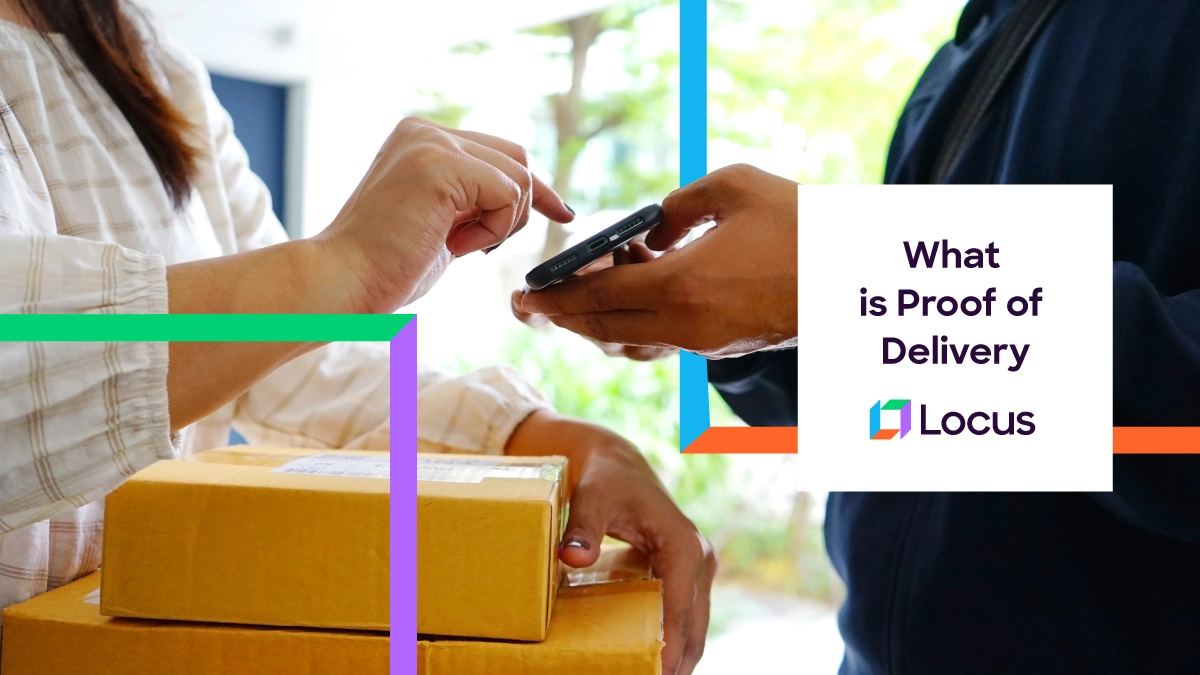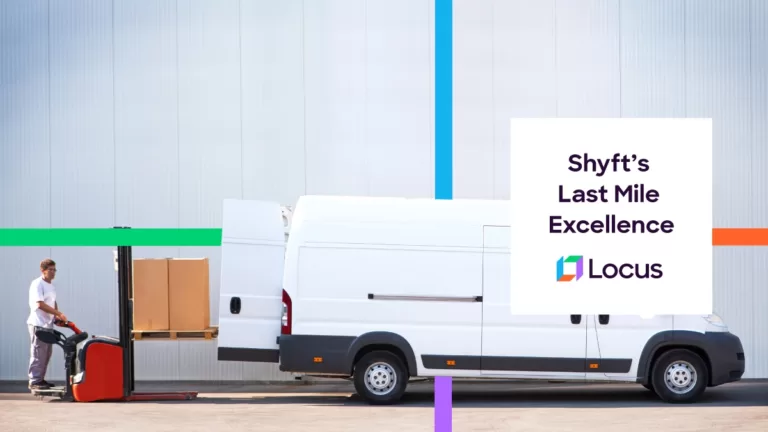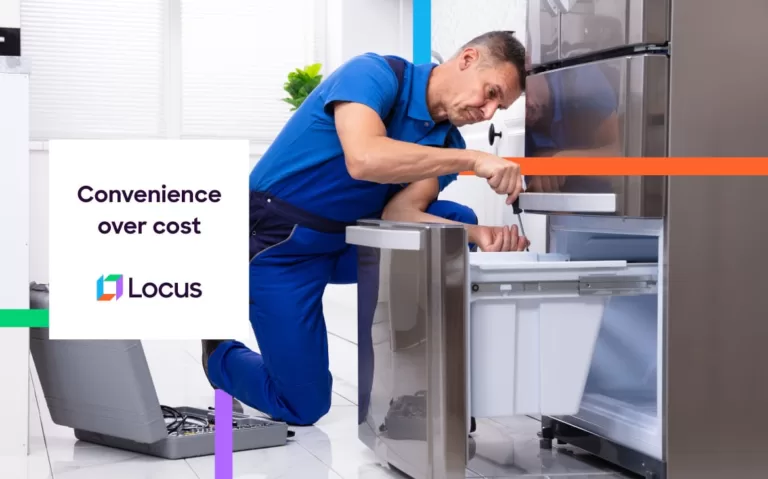Delivery Experience
What is Proof of Delivery and Why do you Need it for Your Customers?
Aug 12, 2022
5 mins read

We live in an age of instant deliveries. Businesses work with seamless digital logistics management systems and don’t underestimate the power of efficient route, order and transport management systems.
Speed is not the only factor to consider when it comes to deliveries. Shipping fees must be low, fulfillment options must come with choices, delivery forecasts must be accurate, and return processes must be hassle-free for both the business and the customer. In all of this, proof of verification may seem like a very small piece of the puzzle. Yet it is a critical one.
What is proof of delivery?
Document proof of a shipment is known as proof of delivery or P.O.D. This document is issued by the shipper and is intended for the customer. This can be a handwritten proof on paper, typed, or as most businesses prefer now, sent electronically. Proof of delivery is a legal record of any damage, incompleteness or non-delivery of the parcel in question.
How does proof of delivery ensure the parcel has been delivered?
When an order is delivered, the recipient must sign this receipt and confirm the date of delivery. The business receives a signed copy of the proof of delivery instantly and saves it for future use. Proof of delivery includes details like time of delivery, delivery address, signature of the person who received a shipment and the name of the consignee.
Why is proof of delivery important
P.O.Ds protect both the consumer and the business—the former can use it to verify that they have received a product and the latter can verify whether the order was delivered. The proof of delivery document typically entails the recipient’s name and address, details of the transaction, shipping information, information on the customer order, product description and specifications, and the estimated costs.
What is electronic proof of delivery and what makes it so special?
According to this annual report on last-mile logistics, 87% of logistics and delivery providers are implementing real-time visibility to end customers and 47% are shortening delivery windows to increase value for their retail customers.
An ePOD or electronic proof of delivery entails digital signatures, scanned barcodes on mobiles and tablets used to confirm the delivery of products to the said destinations. These are legally binding and are applicable in all industrialized countries in the world.
They can speed up transactions and save precious time. A lot of money can also be saved because of reduced spending on ink and postage. A digital signature is a specific type of electronic signature that uses certificate-based digital IDs from service providers to show proof of signing.
To put it simply, ePOD is a digital acknowledgment of a traditional delivery receipt or note. At the completion of the order, the delivery agent takes a picture of the delivery order, followed by an electronic signature of the customer as proof of delivery. This method is not only less cumbersome for last-mile agents, but it also reduces the time spent on each delivery while increasing real-time supply chain visibility.

Advantages of using electronic proof of delivery for your business
Businesses monitor ePods to track the real-time status of the products, to know whether they were delivered or marked for return at the end of the day. ePods, which can be accessed from all types of devices, make last-mile delivery more efficient by ensuring that the collection, transport, and delivery of goods are seamless. Here are some of the benefits of using electronic proof of delivery for your business:
- No more paperwork
Keeping the obvious environmental benefits of going paperless aside, fleet tracking software that supports ePOD will keep businesses from losing precious hours in manual data entry work. This is a time-consuming process often responsible for long delays in data processing due to lost or damaged delivery notes.
- Access to real-time data
Not only do businesses greatly reduce the administrative burden that comes with paperwork, but the time spent on processing paper-based delivery proofs goes down as well. Companies and customers also gain real-time visibility on their orders’ status, which adds to the overall supply chain visibility. The business and the customer are alerted about possible disputes or delays. This real-time data can be used to monitor staff, generate daily productivity reports, analyze trends and identify areas in the delivery process that need to be fixed.
- Contactless deliveries
Coronavirus brought with it new ways to carry out zero-touch or contactless deliveries. Originally a white-glove service, contactless delivery has become the norm since the pandemic. This recent GetApp survey of nearly 1,000 U.S. customers shows that 65% of customers say that contactless services align with their current health and safety priorities. This is good reason to believe that zero-touch deliveries will be vital in ensuring a positive customer experience.
Quick, hassle-free, contactless deliveries are a sure-fire way to enhance customer satisfaction. They help delivery agents to inform fleet managers of the delivery status, provide real-time notifications and alerts on failed deliveries, help fleet managers identify and rectify delivery failures, and improve first attempt delivery rates. ePod is one of the many benefits of Locus’ Dispatch Management Platform to power frictionless delivery experiences.
Looking to make your delivery experience simple and more efficient? Try a demo with Locus!
Related Tags:

Last Mile Delivery Optimization
Pivot For The Win: Shyft’s Leap to Last Mile Excellence With the Locus Platform
Shyft wanted a long-term engagement with a last-mile technology provider and the Locus platform helped them achieve key milestones in their last-mile growth.
Read more
Last Mile Delivery Optimization
Why Should Last-Yard Deliveries Prioritize Convenience Over Cost
Last-yard delivery ensures goods promptly reach customers' hands or the point of use. It is critical for businesses to prioritize convenience in the last yard.
Read moreMOST POPULAR
EDITOR’S PICKS
SUBSCRIBE TO OUR NEWSLETTER
Stay up to date with the latest marketing, sales, and service tips and news


What is Proof of Delivery and Why do you Need it for Your Customers?